Table of Contents
Introduction to the Piquin Pepper
The piquin pepper (Capsicum annuum var. glabriusculum), also known as Chile Piquín or Pequin pepper, is a small wild chili pepper native to Mexico and parts of the southern United States. It is often confused with Thai bird's eye chilies but is a distinct variety. These peppers grow wild in many regions and are highly valued for their complex flavor profile that combines smokiness with subtle sweetness and moderate heat.
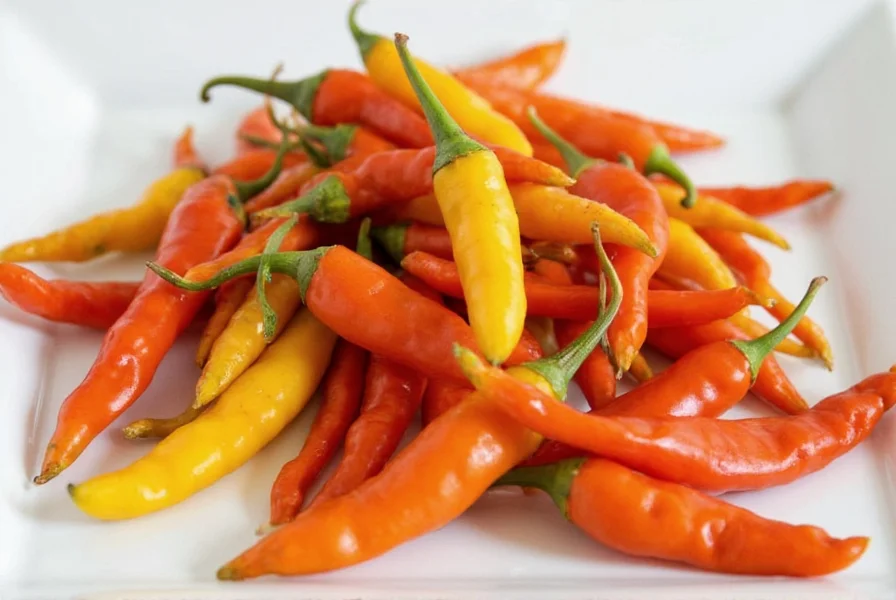
Flavor Profile and Heat Level
When it comes to flavor, the piquin pepper delivers a bold, smoky taste with a subtle sweetness. Its heat level ranges from 30,000 to 60,000 Scoville units, making it significantly hotter than jalapeños (2,500-8,000 SHU) but milder than habaneros (100,000-350,000 SHU). Unlike many hot peppers that deliver immediate intense heat, piquin peppers provide a clean, gradual heat buildup with distinctive flavor complexity.
This pepper's unique combination of heat and flavor makes it ideal for salsas, sauces, and even desserts. For beginners, starting with small amounts allows gradual adjustment to its heat while preserving the nuanced flavor profile.
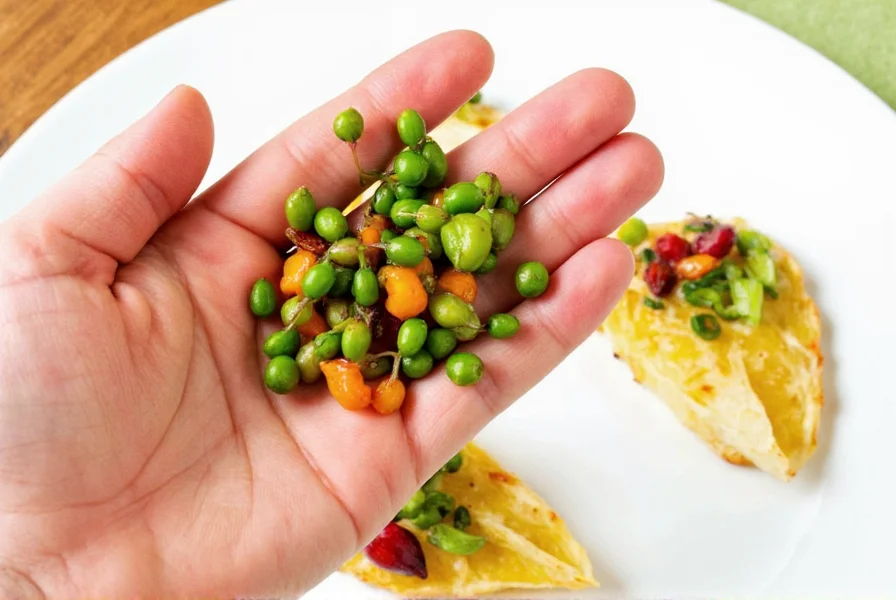
Cooking Uses and Tips
The piquin pepper is incredibly versatile in the kitchen. Here are some creative ways to use it:
- Salsa: Blend fresh or dried piquin peppers with tomatoes, onions, garlic, and lime juice for a zesty, spicy salsa.
- Hot Sauce: Use piquin peppers to make homemade hot sauce. Their balanced heat and rich flavor make them perfect for this purpose.
- Marinades: Add sliced or pureed piquin peppers to marinades for grilled meats or vegetables. The heat and flavor will infuse the food beautifully.
- Seasoning: Crush dried piquin peppers and mix them into salt or rubs for a spicy seasoning blend.
- Desserts: Believe it or not, piquin peppers can be used in desserts like chocolate truffles or spiced cookies for a surprising twist.
Remember, when using piquin peppers, always wear gloves and avoid touching your face. The oils can cause irritation if they come into contact with your eyes or skin.

Buying Guide: How to Choose the Best Piquin Peppers
If you're looking to buy piquin peppers, whether fresh or dried, here are some tips to help you choose the best ones:
Features to Look For
- Color: Fresh piquin peppers should be bright red or orange. Avoid those that are brown or wrinkled, as they may be overripe or spoiled.
- Texture: The peppers should feel firm and crisp. Soft or mushy peppers are usually not fresh.
- Smell: Fresh piquin peppers have a slightly sweet and smoky aroma. If they smell sour or off, they may not be good.
Advantages and Use Cases
The piquin pepper is ideal for people who enjoy a bit of heat but don't want to go overboard. It's perfect for adding a touch of spice to dishes without overpowering the other flavors. Whether you're making a spicy soup, a tangy salad, or a flavorful meat dish, the piquin pepper can elevate your meal with its unique flavor and heat.
Target Audience and Suitable Occasions
The piquin pepper is suitable for a wide range of people, including:
- Cooking Enthusiasts: Those who love experimenting with different spices and flavors.
- Spice Lovers: Individuals who enjoy a little heat in their food.
- Chefs: Professionals looking to add a unique element to their dishes.
This pepper is great for casual dinners, holiday gatherings, or even as a gift for friends and family who love spicy food.
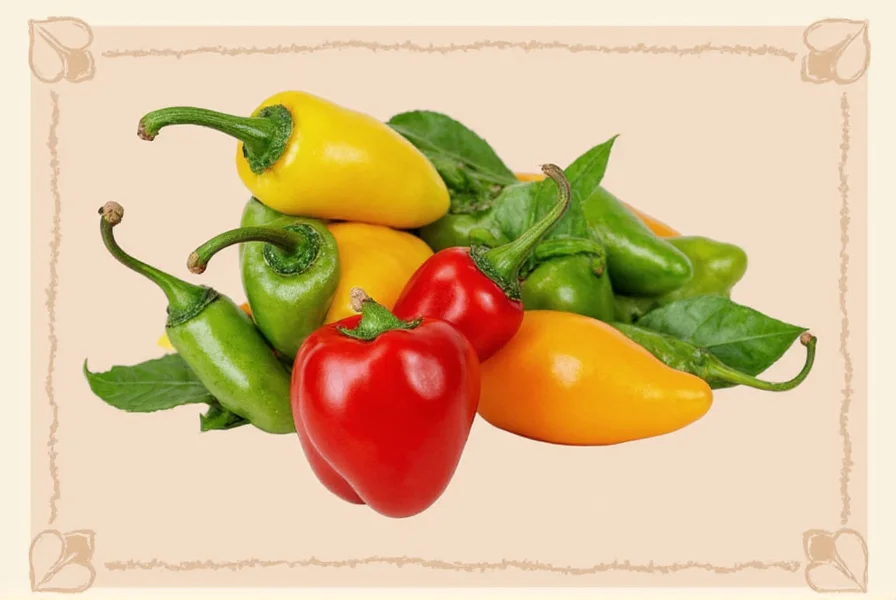
| Pepper | Heat Level (Scoville Units) | Flavor Profile |
|---|---|---|
| Piquin Pepper | 30,000 - 60,000 | Smoky, slightly sweet, with a moderate heat |
| Jalapeño | 2,500 - 8,000 | Mild, grassy, with a slight heat |
| Habanero | 100,000 - 350,000 | Very hot, fruity, and citrusy |
| Thai Bird's Eye Chili | 50,000 - 100,000 | Very hot, sharp, and peppery |
| Chipotle | 2,500 - 8,000 | Smoky, slightly sweet, and mild |
As you can see, the piquin pepper falls between the jalapeño and Thai bird's eye chili in terms of heat. Its unique flavor profile makes it a favorite among many chefs and home cooks alike.
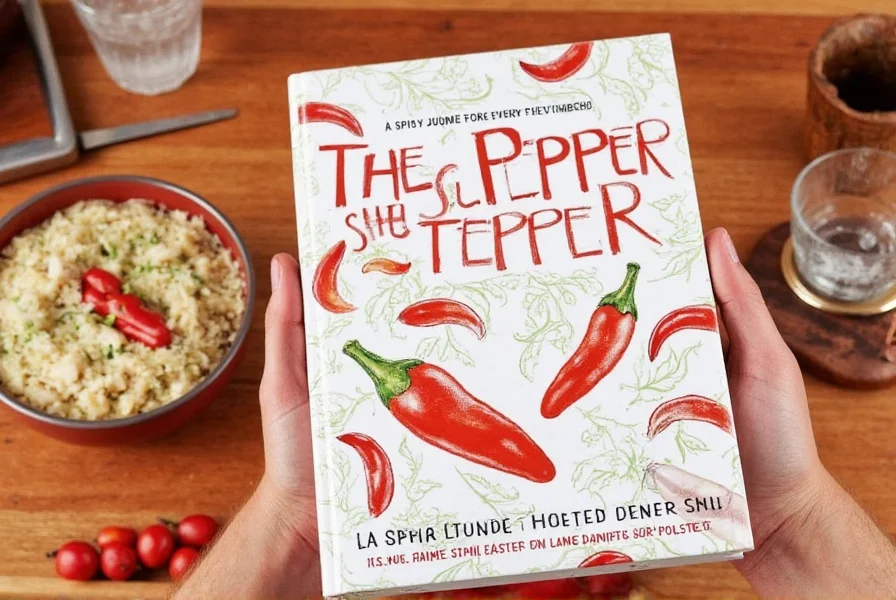
Frequently Asked Questions About Piquin Peppers
What is a Piquin pepper?
The Piquin pepper (Capsicum annuum var. glabriusculum) is a small wild chili pepper native to Mexico and parts of the southern United States. It's known for its intense heat and complex flavor profile that combines smokiness with subtle sweetness. These peppers grow wild in many regions and are highly valued for their culinary applications. Note: It is often confused with Thai bird's eye chilies but is a distinct variety.
How hot are Piquin peppers compared to other chilies?
Piquin peppers range from 30,000 to 60,000 Scoville Heat Units (SHU), making them significantly hotter than jalapeños (2,500-8,000 SHU) but milder than habaneros (100,000-350,000 SHU). They deliver a clean, sharp heat that builds gradually rather than overwhelming immediately, with a more complex flavor profile than many other hot peppers.
What are the different names for Piquin peppers?
Piquin peppers go by many names including: Chile Piquín, Pequin pepper, Chiltepin (though true Chiltepin is a different but related variety), Chile de Cola, Chile Amashito, Chile Bravado, and simply "wild pepper." The spelling can vary between "piquin" and "pequin" depending on regional preferences. Note: "Bird's Eye Chili" is a different variety native to Southeast Asia and should not be confused with piquin peppers.
How can I safely handle Piquin peppers?
Always wear gloves when handling Piquin peppers, as the capsaicin can cause severe irritation to skin and eyes. Never touch your face while handling them. Work in a well-ventilated area as the fumes can be strong. If you get pepper oil on your skin, wash with soap and water, then apply milk or yogurt to soothe the burning. Avoid using alcohol-based solutions as they can spread the capsaicin.
What's the best way to store Piquin peppers?
Fresh Piquin peppers can be stored in the refrigerator in a paper bag for up to 2 weeks. For longer storage, freeze them whole in a sealed container for up to 6 months. Dried Piquin peppers should be kept in an airtight container away from light and heat, where they'll maintain their flavor for 1-2 years. Properly stored dried peppers may lose some heat over time but will retain flavor.
How do Piquin peppers differ from Thai bird's eye chilies?
True Piquin peppers (Chile Piquín) are native to Mexico and have a slightly elongated shape with a curved tip. Thai bird's eye chilies are native to Southeast Asia and tend to be more conical. Both are very hot, but Piquins generally have more complex flavor with smoky notes, while bird's eye chilies have brighter, sharper heat with more fruity notes.
Can I grow Piquin peppers at home?
Yes, Piquin peppers can be grown at home in containers or garden beds. They prefer warm temperatures, full sun, and well-draining soil. These plants are relatively small (1-3 feet tall) and produce abundant tiny peppers. They're drought-tolerant once established but benefit from regular watering. Start seeds indoors 8-10 weeks before the last frost date for best results.
What dishes pair best with Piquin peppers?
Piquin peppers shine in traditional Mexican dishes like salsas, moles, and adobos. They're also excellent in seafood dishes, grilled meats, and bean preparations. Their complex flavor works well in chocolate-based sauces and even some desserts. The moderate heat level makes them versatile for everyday cooking where you want noticeable but not overwhelming spice.
Conclusion
The piquin pepper is a versatile and flavorful spice that can add a delightful kick to your dishes. Whether you're using it in salsas, hot sauces, or even desserts, this small pepper packs a big punch. With its moderate heat and rich flavor, it's a great choice for anyone looking to explore the world of spices without being overwhelmed by the heat.
So next time you're in the kitchen, don't forget to reach for a few piquin peppers. They might just be the secret ingredient your dish needs to shine!

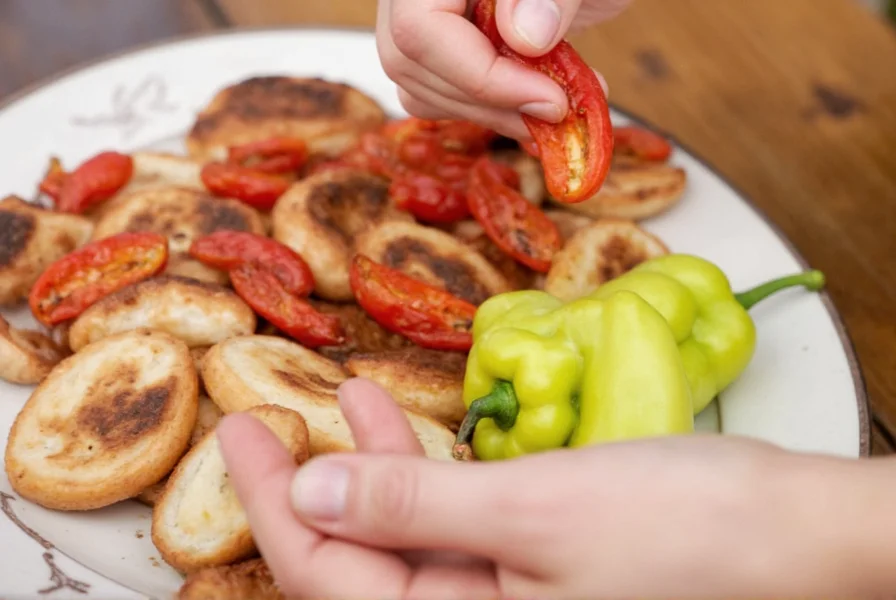









 浙公网安备
33010002000092号
浙公网安备
33010002000092号 浙B2-20120091-4
浙B2-20120091-4